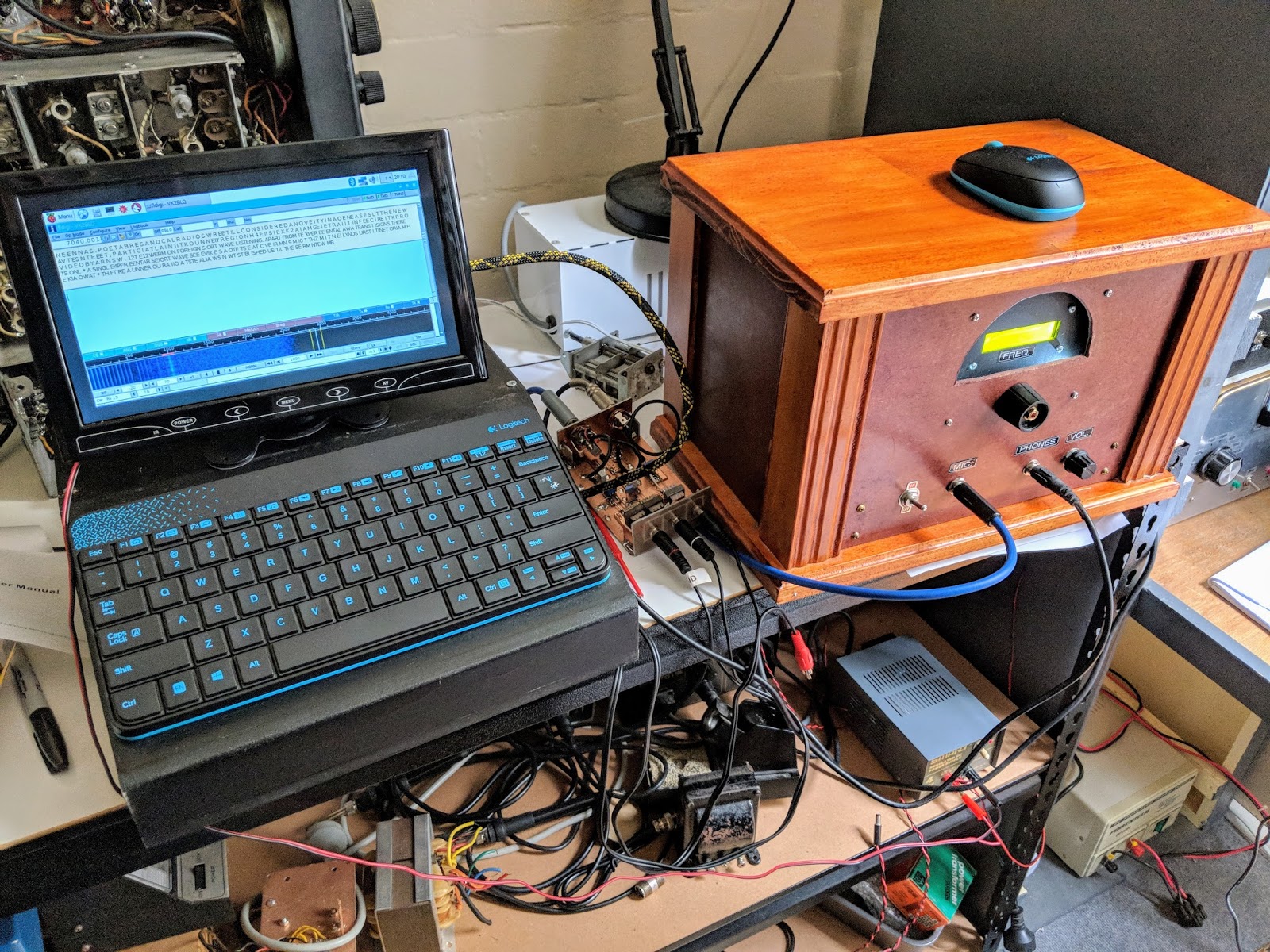
I’m now getting sound, but the sound is distorted, and it appears as if the chain just can’t handle the data fast enough. The second problem is that the performance is terrible. After playing around a short time with settings, I finally got that to work. Rightly so, I guessed that I hadn’t set up the audio sink correctly. The first problem is that I wasn’t getting any sound output. As he puts it, an FM receiver is like the “Hello, world” program in other programming languages. I got this flowgraph (that’s the GNU Radio term for the diagram) from VE6EY. For example, the diagram below creates an FM broadcast receiver. You’re provided with a set of functional blocks that you connect up to create an application. GNU Radio isn’t an SDR program, per se, but a set of tools that allows you to build your own SDR application. HamPi also includes a build of GNU Radio. HamPi also includes CuteSDR and SDRAngel, but I haven’t tried running those yet. Next, I tried it with CubicSDR, and it worked just fine with with this program as well. I plugged it into the RPi and shortly after I was receiving FM broadcast stations with gqrx, an open-source SDR program. Shortly after I installed HamPi, I purchased an RTL-SDR dongle from Amazon. It’s the SDR apps that I’m most interested in.
FLDIGI ON RASPBERRY PI CODE
It’s notable because it includes more than 100 ham radio apps, including apps for running digital modes, antenna modeling apps, logging app, Morse Code apps, and software-defined radio apps. I have several 'real' computers, but I love the Pi and would like to utilize one or more of them to run my radios.Ham Pi is a distribution for the Raspberry Pi produced by Dave Slotter, W3DJS. In my new house I don't really have a fixed place for my shack so am thinking that remote control may be the answer. Have you done more with the rig control using newer Pi's? I have a couple B+'s and the Pi2, and just acquired a 706MkIIg to add to my shack. I see this blog post was a while back and the newer Raspberry Pi models are substantially faster, the Pi2 being a quad core. I expect speakeasy is easier than Pulseaudio to so I'll check that out.
FLDIGI ON RASPBERRY PI SERIAL
I've just started playing with this idea () but hadn't realised hamlib could do the whole serial proxy bit. Worth reading: "Raspberry Pi: A Tiny Computer for Big Projects" by Matt, KB3TAN - CQ Magazine, March 2013 I just haven't had the time to create such art work and submit it to Far Circuits.Īgain if anyone wants to beat me to the punch on either of this, please do. So far I have just been bread-boarding this. It also appears to have a start for remote fldigi.Īnother good project would be to layout a small board with jumper selectable COR and PTT transistor configurations than can be interfaced to the Raspberry Pi GPIO. Remi, F4ECW has some example PHP code for this that I snagged from a Yahoo group. Here is the radio with the Raspberry Pi, USB sound input, USB TTL converter for CIV.īasically a way to enable web based control of a radio with CIV.

Here is a screen shot of my web control front end: Then control can be done via TCP port telnet localhost 4532 There is network daemon version of rigctl that works like so: Couple that with darkice and icecast for a way to stream audio to that browser.

I have been meaning to try and create a PHP/CGI web based front end for this.


 0 kommentar(er)
0 kommentar(er)
